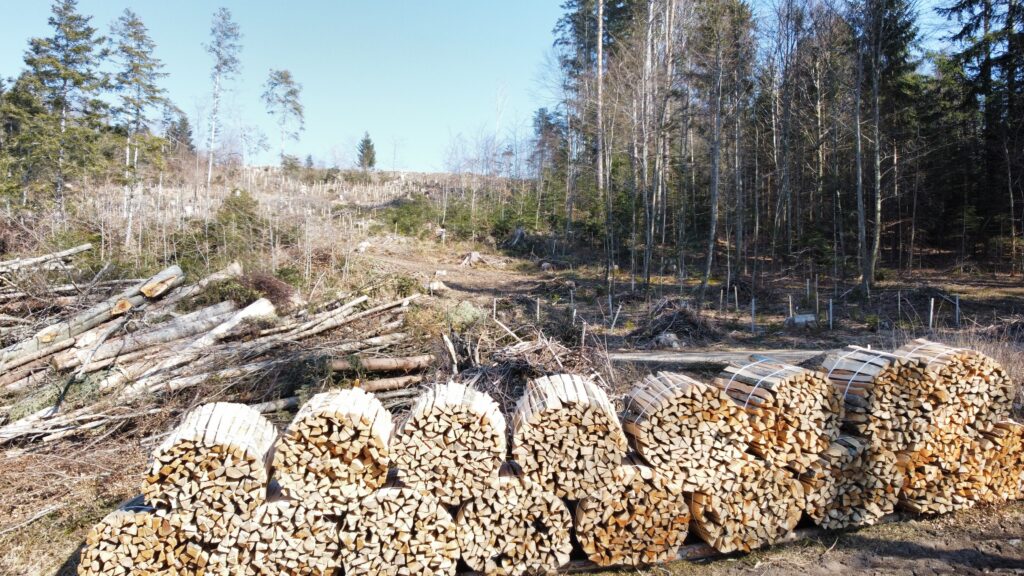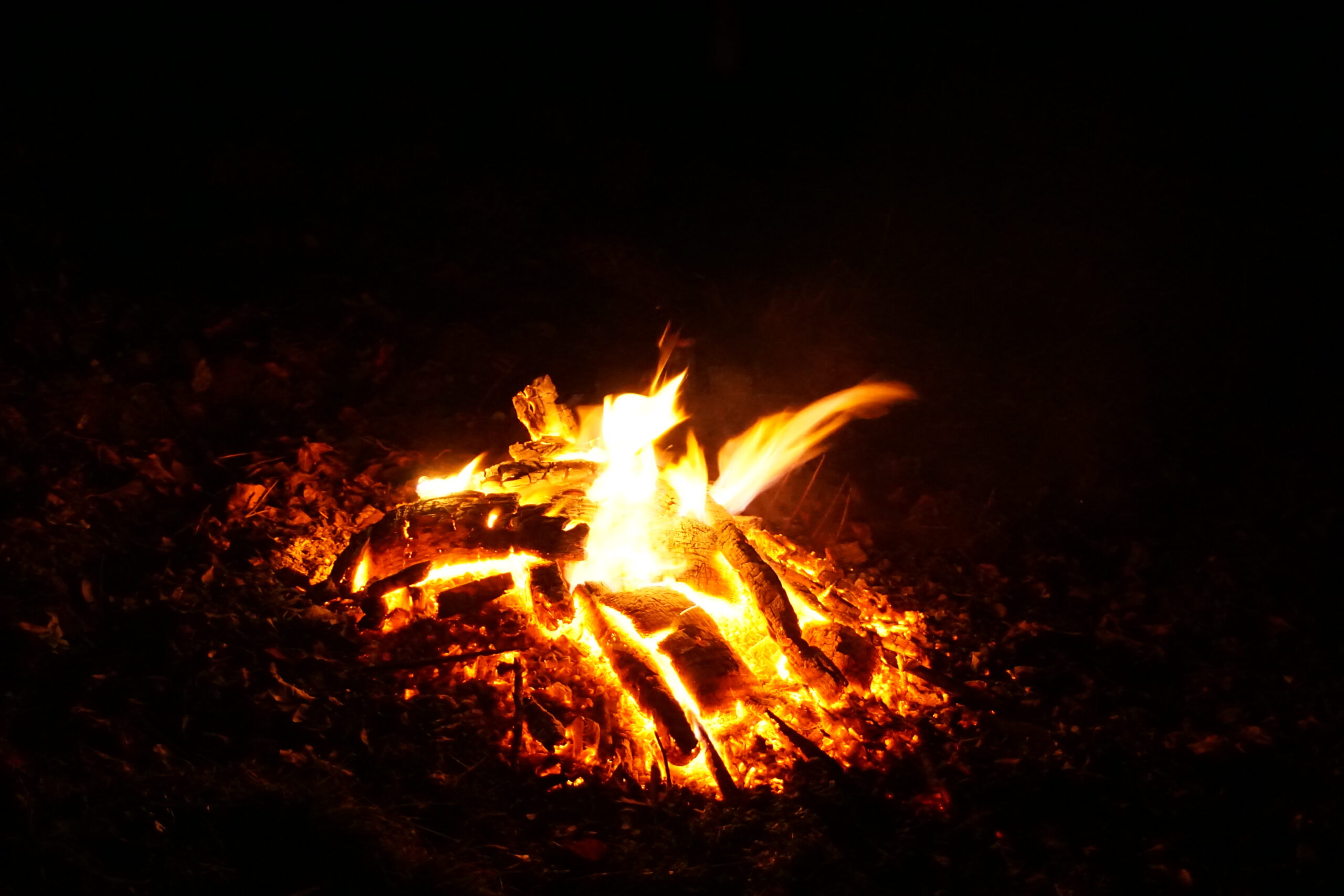Residential wood heating – major health hazard, even in the countryside
In 2018, the Leibniz Institute for Tropospheric Research sent a shipping container full of air pollution measuring equipment to the sleepy village of Melpitz located in Saxony, Germany. The institute’s researchers were concerned that wood burning could be an important source of particle pollution in small villages not usually covered by official air quality monitoring networks. Melpitz’s 200-odd inhabitants who live in 63 houses would make the perfect guinea pigs as their homes are mostly heated with oil or wood central heating.
The results are out and they make for alarming reading.
The study found that wintertime particle pollution in the village was often twice the level as that in the nearby fields and that air pollution was even worse at the weekends when the inhabitants lit their wood burning stoves in addition to their wood and oil-burning central heating systems. Moreover, air pollution inside the village was significantly higher than readings from the nearby official atmospheric research station just 700 metres away. The researchers blamed residential heating as the dominant source of this excess pollution, mainly originating from wood combustion.
The air in Melpitz was found to contain carcinogenic polycyclic aromatic hydrocarbons (persistent pollutants found in wood smoke) in similar concentrations to those found in major European cities, including Athens. In other words, the cancer risk to these rural inhabitants—both young and old—from these exposures was similar to that in large, polluted cities.
Such findings are not unique to Melpitz. Similar data was recorded in a village in Slovenia; villages in Ireland and in multiple rural areas the UK.
More and more studies are highlighting the dangers of wood burning within the home too.

A recent study in Ireland which looked at the health impacts inside rural homes heated with peat, wood or coal found that elderly people who used open fires were 2.3 times more likely to suffer from respiratory disease compared to those who used closed stoves. Smoke from open fires has also been linked to accelerated cognitive decline. Moreover, a US study found that heating a home with a stove or fireplace increased the risk of lung cancer by 43%.
And if you think that we are somehow immune here in Switzerland, then think again. A 2013 study showed that wood burning was an important aerosol source in our Alpine valleys and that the presence of an inversion layer could accumulate these emitted particles in the atmosphere for several days.
The truth is that biomass burning is one of the largest source of emissions worldwide, even in rural areas which are believed to be “cleaner” and “healthier”. There is therefore an urgent need not just for better data but also for actions to reduce exposure to wood pollution in both urban and rural areas.
Health and Forest calls for more public awareness campaigns and for all stoves and solid fuels like wood and pellets to come with warnings, just like those found on cigarette and tobacco packets.
March 2024
